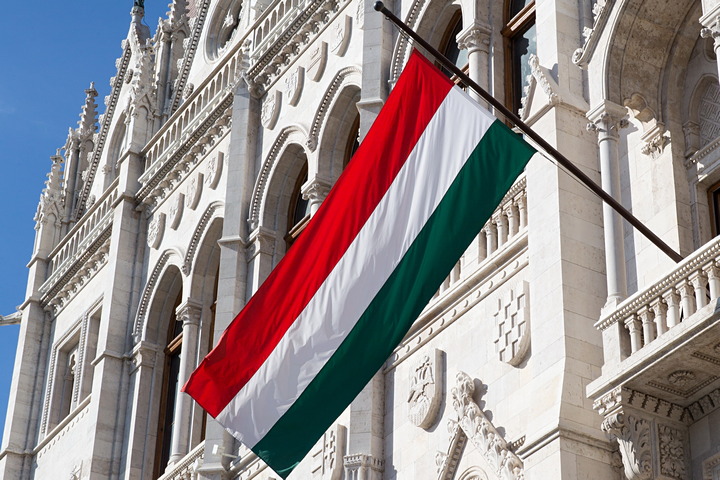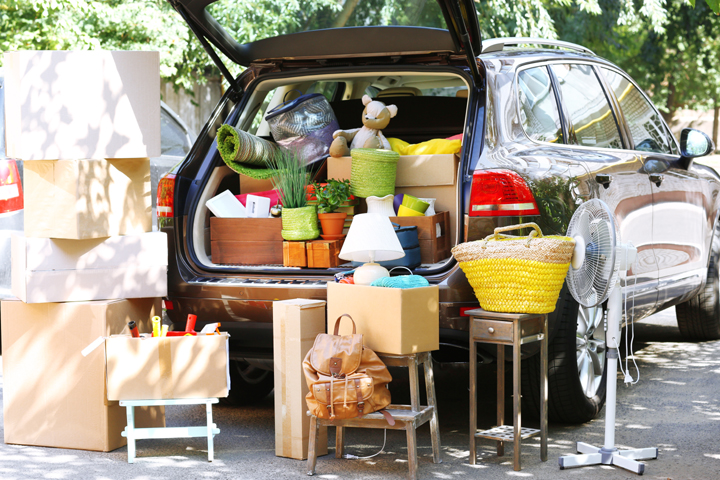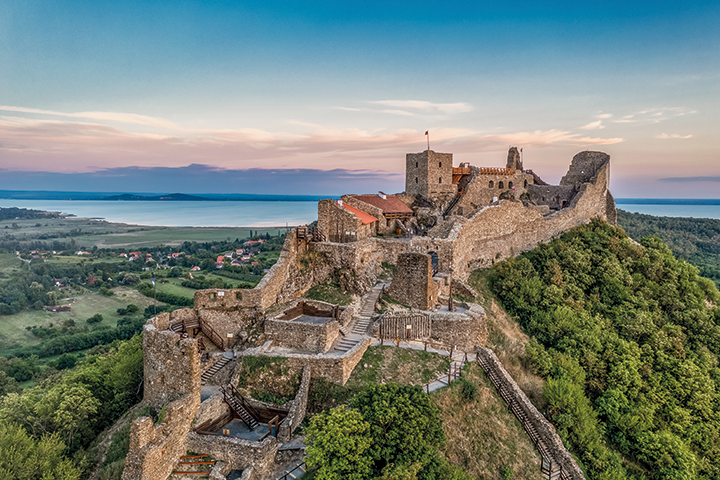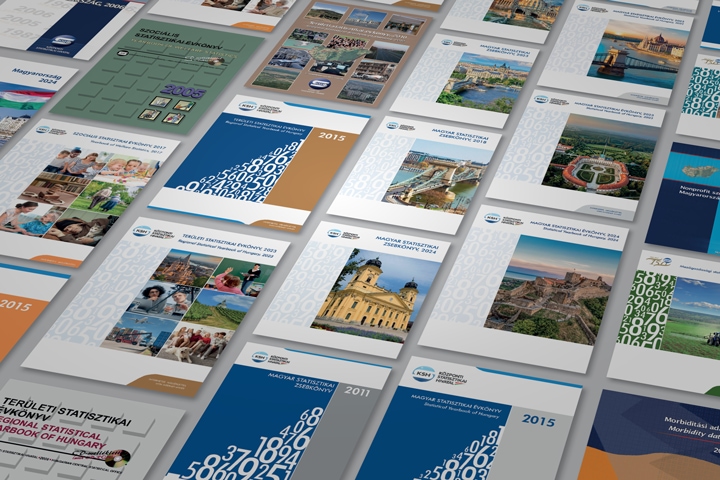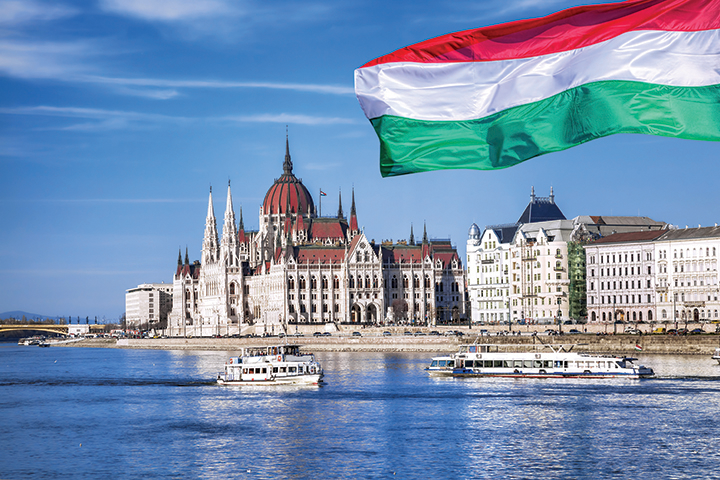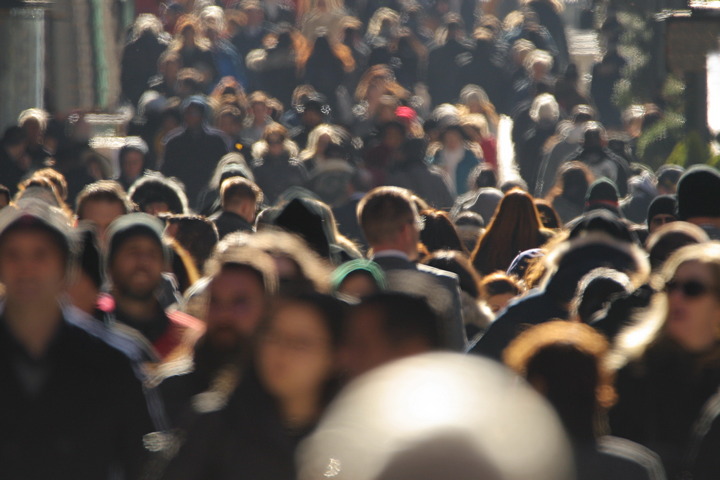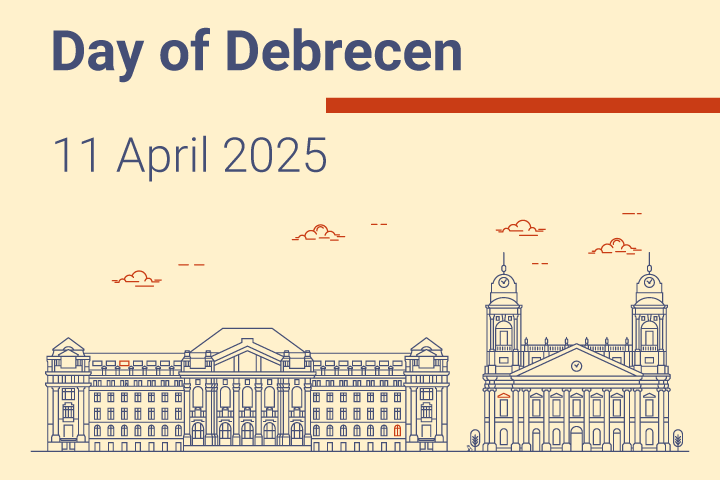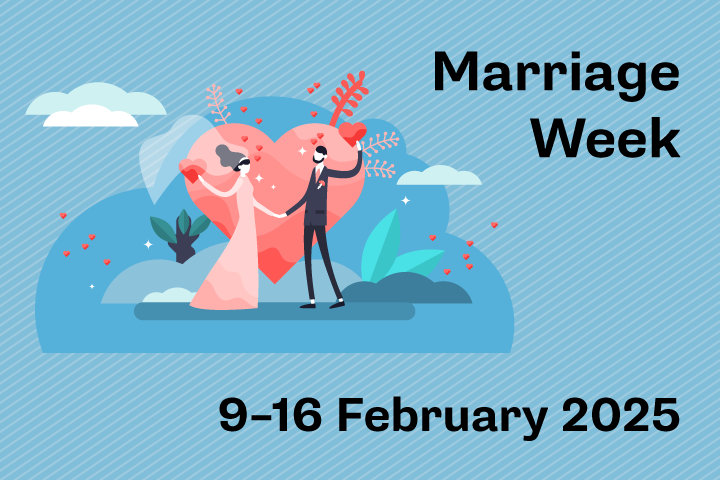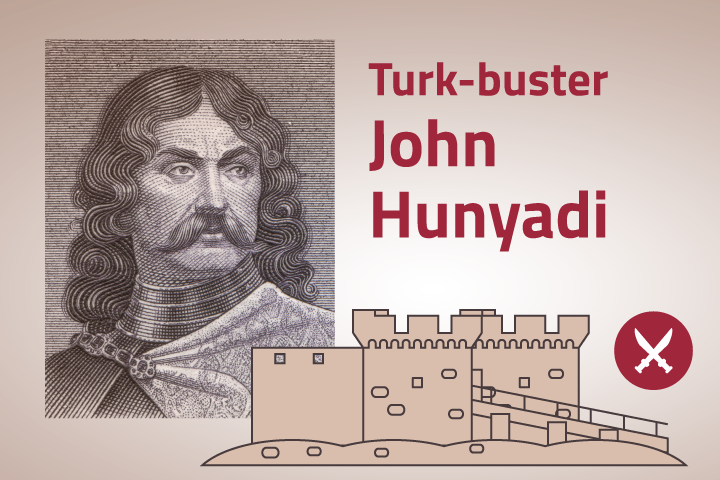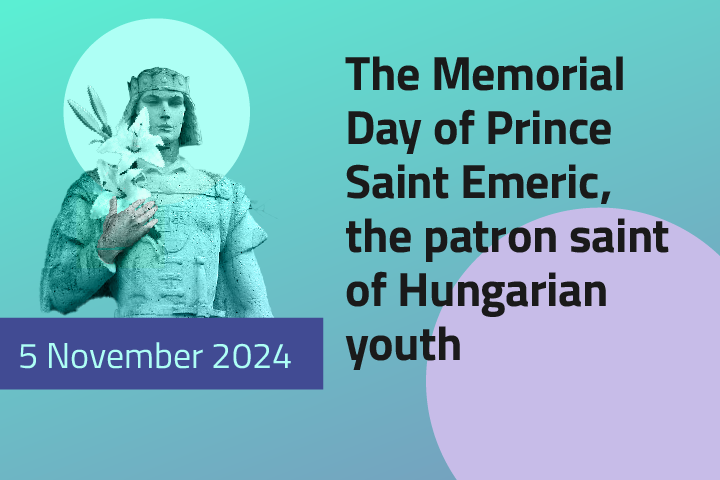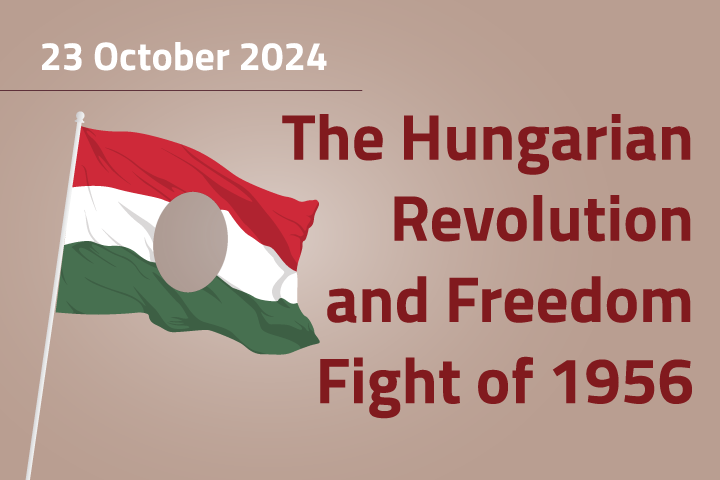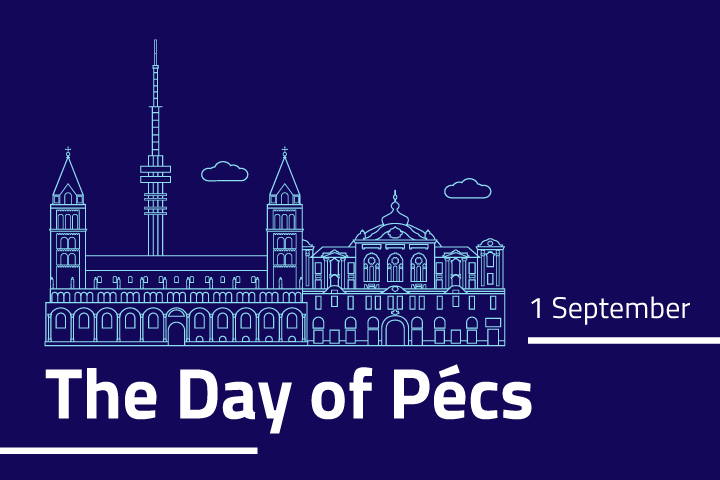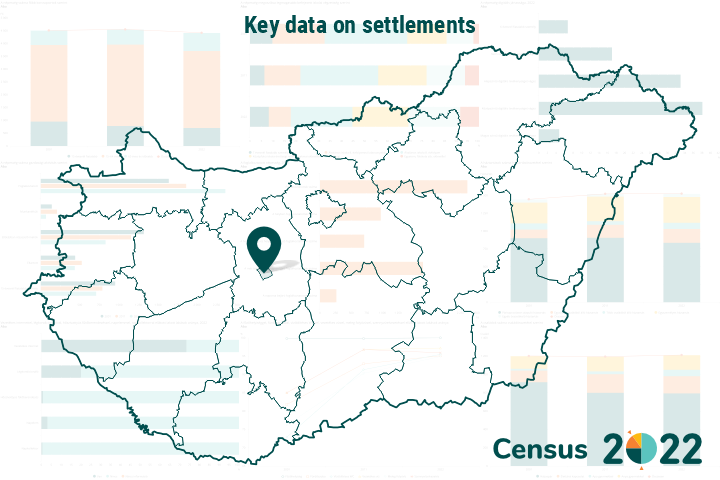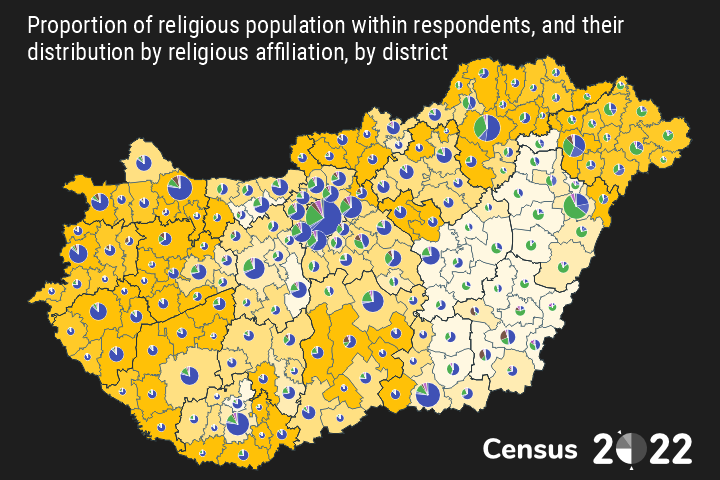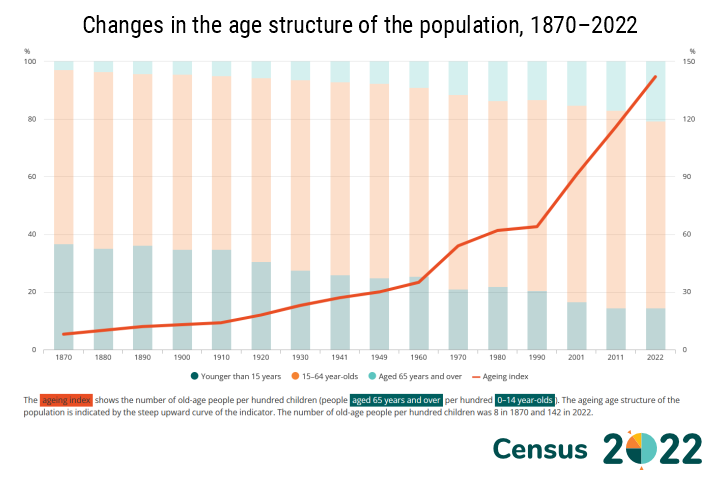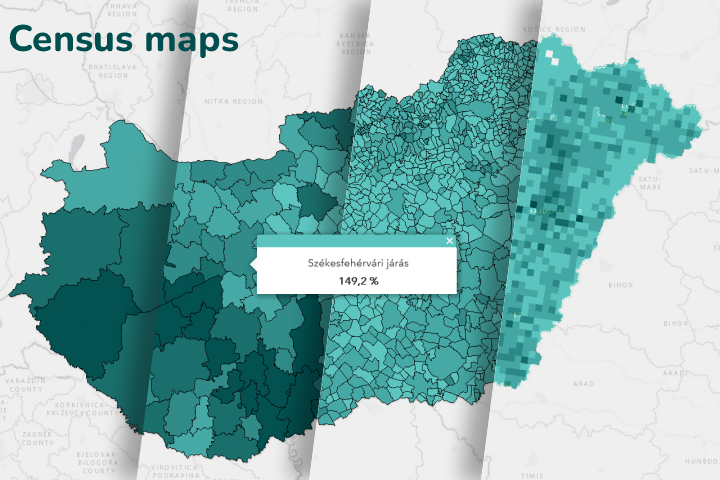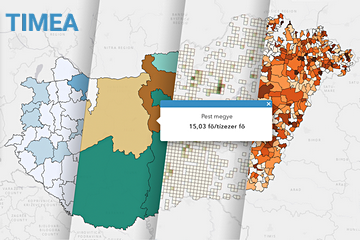Population and vital events
Population statistics show the change in the country’s population number and its composition by sex, age and marital status. Statistics relating to vital events provide information on factors basically influencing changes in population, such as births, deaths, marriages, registered partnerships, divorces, as well as internal and international migrations.
Key figures
Adjusted population number
Indicator description
The full-scope censuses conducted every ten years show a comprehensive picture of the number and composition of the population. For determining the annual population number in the period between two censuses, the starting point is the population number of the last census (currently the census with the reference date of 1 October 2022) , and from this, the population was estimated by using natural increase or decrease data available from the statistics of vital events until 2000. From 2001 international migration is also taken into account.
Source of data:
Summary Tables (STADAT)
Last data for period: 2025
Natural increase/decrease per thousand population
Indicator description
Difference between the number of live births and deaths, per thousand population.
Source of data:
Summary Tables (STADAT)
Last data for period: November 2025
Average life expectancy at birth
Indicator description
Average life expectancy expresses how many further years of lifetime can be expected by people of various ages at the mortality rate of the given year.
Source of data:
Summary Tables (STADAT)
Last data for period: 2024
Ageing index
Indicator description
The 65 year-old and older population as a percentage of the 14 year-old and younger child population. If it is higher than 100, the number of the old-age population is higher than that of the child population.
Source of data:
Summary Tables (STADAT)
Last data for period: 2025
Featured
5,582 children are born and 9,686 people lose their lives; Vital events, November 2025
According to preliminary data, 5,582 children were born and 9,686 people died in November 2025. The number of births lessened by 11% and that of deaths by 9.3%, while the number of marriages rose by 6.2% compared to the same month of the previous year.
HCSO Monitor
The collection of interactive figures provides up-to-date information on the latest domestic and international socio-economic trends. The decisive part of the figures included in HCSO Monitor are downloadable in both image and data formats (PNG, SVG and CSV). Feel free to browse the data in HCSO Monitor, updated many times a week!
International Men’s Day, 19 November 2025
International Men’s Day is celebrated every year on 19 November all over the world. The idea originates from the 1960s, however it set off in its present form in 1999 with the support of the UN, from Trinidad and Tobago from the Caribbean region. Its purpose is to focus on the role men are playing and the social challenges they face. It is more and more recognized in Hungary, too, where its health maintenance and role of fathers features are highlighted on this day.
Hungary 1st semester of 2025 – Diverging economic impacts
The performance of Hungary’s economy was identical with the one of the same period of the previous year. The increasing performance of the services sector and consumption growth had a positive impact on GDP. These impacts however have been eliminated by the setback of the industry and agriculture, the continuously subdued investment activity and the deterioration in the balance of the external trade in goods. Retail trade volume continued to rise, tourism nights spent at accommodation establishments also increased in number.
Current trends in internal migration, 2018–2024
The number of permanent migrants increased significantly during the coronavirus pandemic, and then it decreased significantly in 2022 and especially in 2023, but increased again in 2024. During the pandemic, migration was directed from larger settlements to smaller ones; however, from 2023, there was a migration gain in the capital city, while the gains in the villages declined significantly.
Hungary in figures, 2023 – Society
The chapter entitled Society in the publication Hungary in Figures, 2023 provides an insight into the processes that determine our everyday lives (including, among others, analysis of demographic, educational, labour market, and income data). The childbearing age has increased significantly in recent decades. Around the turn of the millennium, the mean age of women at the birth of their first child was only 25 years, rising to 28 years by 2010, and then, increasing at a slowing rate, it has exceeded 29 years since 2021.
Hungary in figures, 2023 – Highlighted data
At the aid of our infographic made using the main data in our publication titled Hungary in figures, 2023, we give a comprehensive picture of the socio-economic state of Hungary. There were 1,073 females per thousand males in Hungary at the beginning of 2024. Life expectancy at birth rose to the highest level yet in 2023 (to 73.4 years for males and 79.6 years for females). Over a quarter of manufacturing output was made up by the manufacture of transport equipment.
Start of School Year
In September 2025, 1.1 million students have begun their studies in various levels of initial and vocational education in full-time education, which is almost the same as the previous school year. In 2024, households with students aged 24 and younger spent an average of 45.6 thousand forints per child on starting school. Although most textbooks are available free of charge to students in initial and vocational education, the purchase of workbooks, foreign language books and publications that students wish to keep still represents additional expenses for families.
Statistical Yearbook of Hungary, 2024
The yearbook provides an overview of Hungary's demographic, social and economic trends, environmental characteristics and their changes over time, with the help of tens of thousands of data in some 500 tables, charts and maps. In the chapter devoted to earnings and incomes, it is a novelty compared to previous years that net earnings in which allowances and types of exemptions are accounted for, too, came into focus from 2019. In the number of employees, people working in working time shorter than 60 working hours per month are also taken into account. In addition, the theme of environment is completed with areas declared world heritage sites by UNESCO.
Yearbooks, pocketbooks, data repositories
A new sub-page has been added to the HCSO website, more than 400 yearbooks, pocketbooks and data collections, a total of a hundred thousand pdf format pages close to 150 thousand excel tables and several thousand static and interactive graphs and maps are available for download. The sub-page offers the possibility of filtering these yearbooks, pocketbooks and data collections by reference year, serial name, format (PDF, XLS) and supplements (graphs, maps). Users may compile their own list of publications based on the year- and pocketbooks, data collections, adequate to their interests.
Hungary 2024 – The Demographic Snapshot
Our series of infographics, based on the most important data from the Hungarian-language publication Hungary, 2024 provides a comprehensive picture of the social and economic state of our country and the main characteristics of our environment. The next infographic in the series presents the main data of the demographic snapshot. The English extract from the publication is available here: Hungary, 2024, and the full Hungarian-language version here: Magyarország, 2024.
Word Population Day – 11 July
In 1989, the United Nations declared 11 July as World Population Day to raise awareness of the scale of population growth and the implied challenges. Today, the most significant population explosion is taking place in Africa, where the population increased 6.7-fold between 1950 and 2024; currently, 18% of the world’s population lives there. The United Nations predicts that by 2100, Africa will account for 37% of the world's population, while Asia's share is expected to decline from the current 59% to 45%.
Hungary, 2024
Hungary’s GDP increased by 0.5% amid global challenges in 2024. The performance of goods-producing industries lessened, while that of service-providing ones rose, which shows the duality of economic trends. Household consumption picked up, which was considerably encouraged by the purchasing power of earnings growing again with the inflationary wave calming down. Besides, the data series reveal that the level of employment reached another peak.
Snapshots, 2024 - Vital events
In Hungary, fewer children were born in 2024 than a year earlier. The number of deaths also declined, but to a lesser extent than the number of births, so the rate of natural decrease accelerated. A lower surplus of international migration than in the previous year slightly reduced the population decrease, and the country's population fell by 45 thousand people. The number of marriages fell short of the previous year, while the number of divorces slightly exceeded it.
Day of Debrecen, 11 April 2025
King Leopold I gave Debrecen free royal town status in a patent dated 11 April 1693, in commemoration of this event the city is celebrating since 1998 its day on 11 April. Debrecen was the capital of the country twice, since the mid-1980s it is the second most populous city of Hungary (preceding Miskolc). It is a significant economic and educational-cultural centre. The city is the first in the rank of county seats considering the number of registered enterprises, and the University of Debrecen hosts, among the tertiary educational institutions of Hungary, the most foreign students.
Related themes
- Censuses
- Health care, accidents
- Housing
- Income and consumption
- Justice
- Labour
- Living conditions
- Men and women
- Regional statistics
- The young and the elderly
Methodological information
First releases |
Latest release | Next release |
|---|---|---|
| Vital events, November 2025 | 19/12/2025 | 30/01/2026 |
Release and revision calendarPublication repertory



